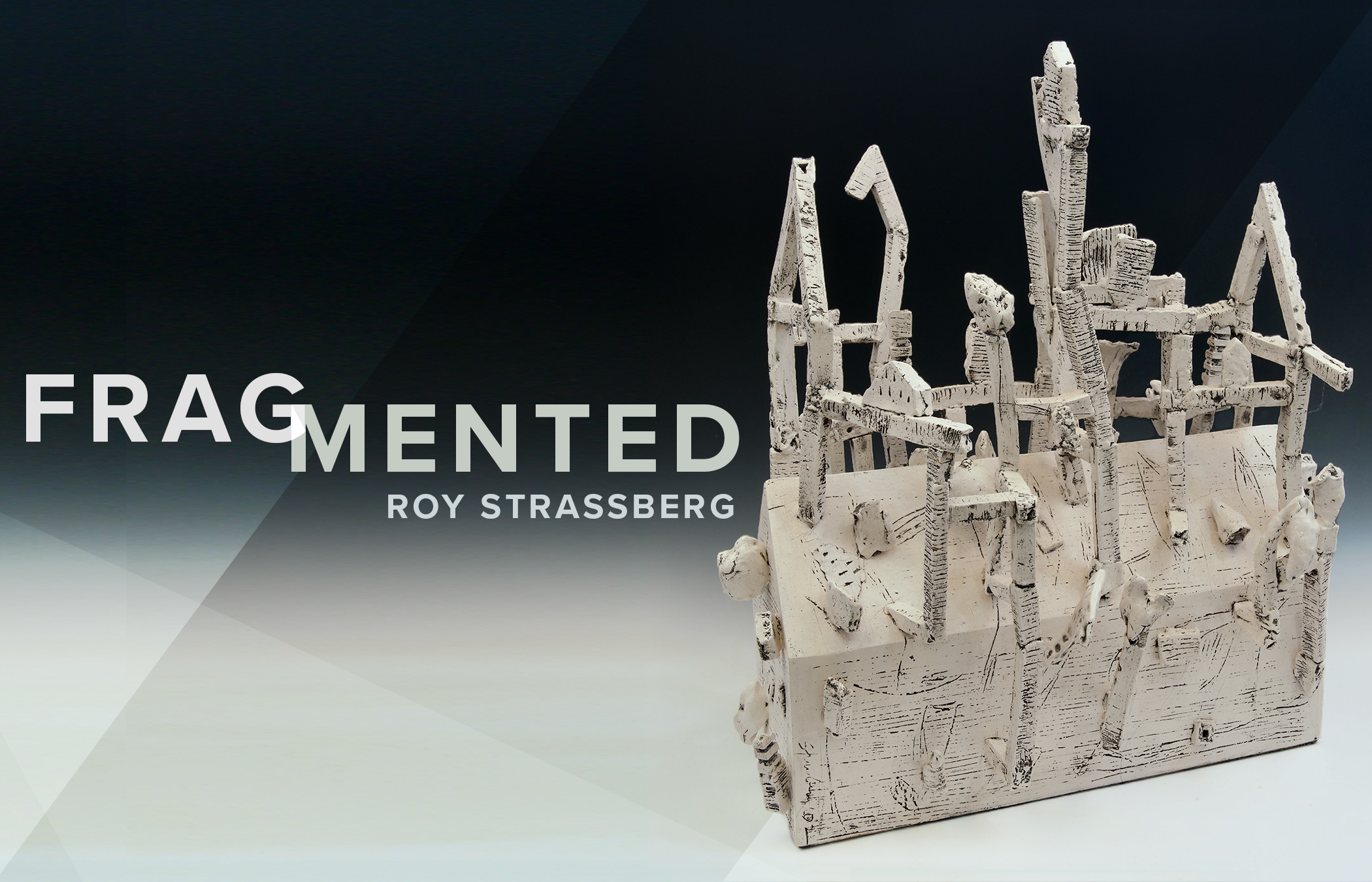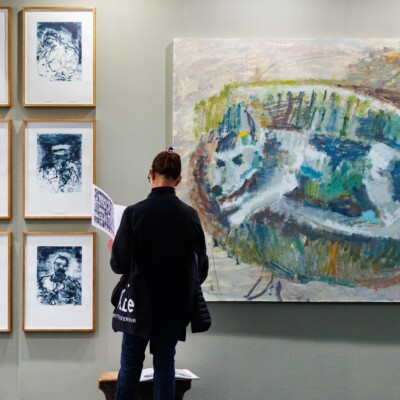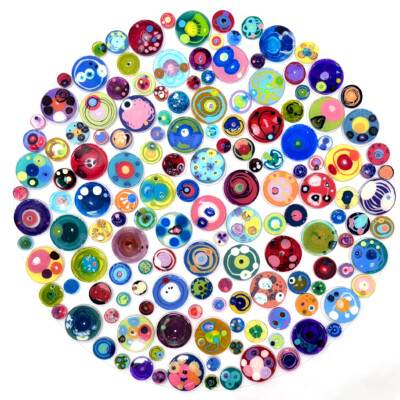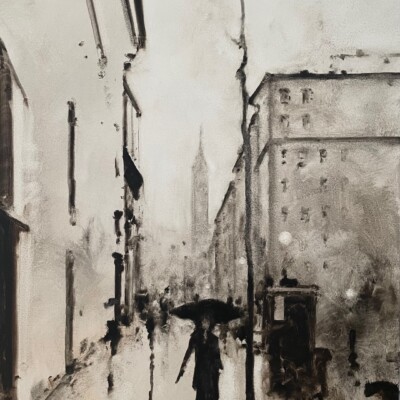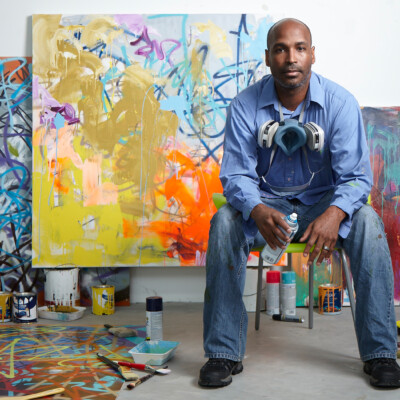Elder Gallery of Contemporary Art is thrilled to present Fragmented, a solo exhibition featuring renowned ceramicist Roy Strassberg. Fragmented will highlight a variety of sculptural works spanning decades of Strassberg‘s extensive artistic career, from the 1970s to present-day. Poignant and masterfully crafted, Strassberg‘s ceramic forms evoke echoes of history and invite us to think critically about the ways we view and recall the past. The exhibition is ongoing through May 27, 2023.
“Someone has to make this work. It might as well be me. Tikkun Olam.”
– Roy Strassberg
On March 22, 1933 the first Jewish concentration camp was established in Dachau, Germany, by the Nazi regime.
On March 23, 2023, the Anti-Defamation League released a report: Audit of Antisemitic Incidents 2022.
Over the past two years, incidents of antisemitism have escalated at a startling rate. In 2022 alone, the Anti-Defamation League’s incident report records 2,298 cases of harassment, 1,288 cases of vandalism, and 111 cases of assault, totaling 3,697 incidents nationwide. These numbers represent a 36% increase in incidents since 2021. In 2023, nearly 100 years after the construction of the Dachau concentration camp, it is plain that anti-Jewish bias and hostility persist, and are on the rise. In a world where antisemitism has a centuries-old history, artist Roy Strassberg is memorializing the story of the Jewish people, and magnifying the importance of Judaic culture.
Strassberg’s Jewish roots and artistic practice came full circle and converged in 1992, when his work became principally Holocaust-informed. He was awarded a Faculty Research Grant from Minnesota State University, Mankato to study the Holocaust as a subject for artistic interpretation. This marked a departure from the more traditional, commercial ceramics he had been producing up to that stage in his practice. Strassberg often refers to this moment as the death of his mainstream art career. Uncomfortable with the new, conceptually provocative sculptures, galleries dropped Strassberg’s work from their curatorial programs. But Strassberg felt compelled to continue his important work honoring and telling the stories of those affected by the Holocaust.
“I grew up in an environment that was palpably Jewish. And I had relatives with numbers on their forearms,” Roy recalls.
Strassberg’s ceramic sculptures, however, are not direct depictions of the Holocaust. Rather, his thoughtfully crafted vessels and formations are living archives of remembrance – visual homages to one of the most heinous and unimaginable events in world history, an event that extinguished the lives of approximately 6 million Jews.
Fragmented showcases the breadth of Strassberg’s Holocaust-informed work across decades, and gives voice to a community fractured by prejudice, tragedy, and loss. Architectural structures – which resemble houses, towers, chimneys, and bones – are the foundation of Strassberg’s extensive Holocaust series. They act as vessels for their heavy subject matter. Raised in New York, Strassberg’s affection for architecture is endemic – a deep-seated that surpasses even his love of ceramics. In 2003, Strassberg was awarded the Architecture of the Holocaust grant from University of North Carolina, Charlotte, with which he advanced the artistic collaboration between his fascination for architecture and the memory of the very real, tangible structures that housed the atrocities of the Holocaust.
